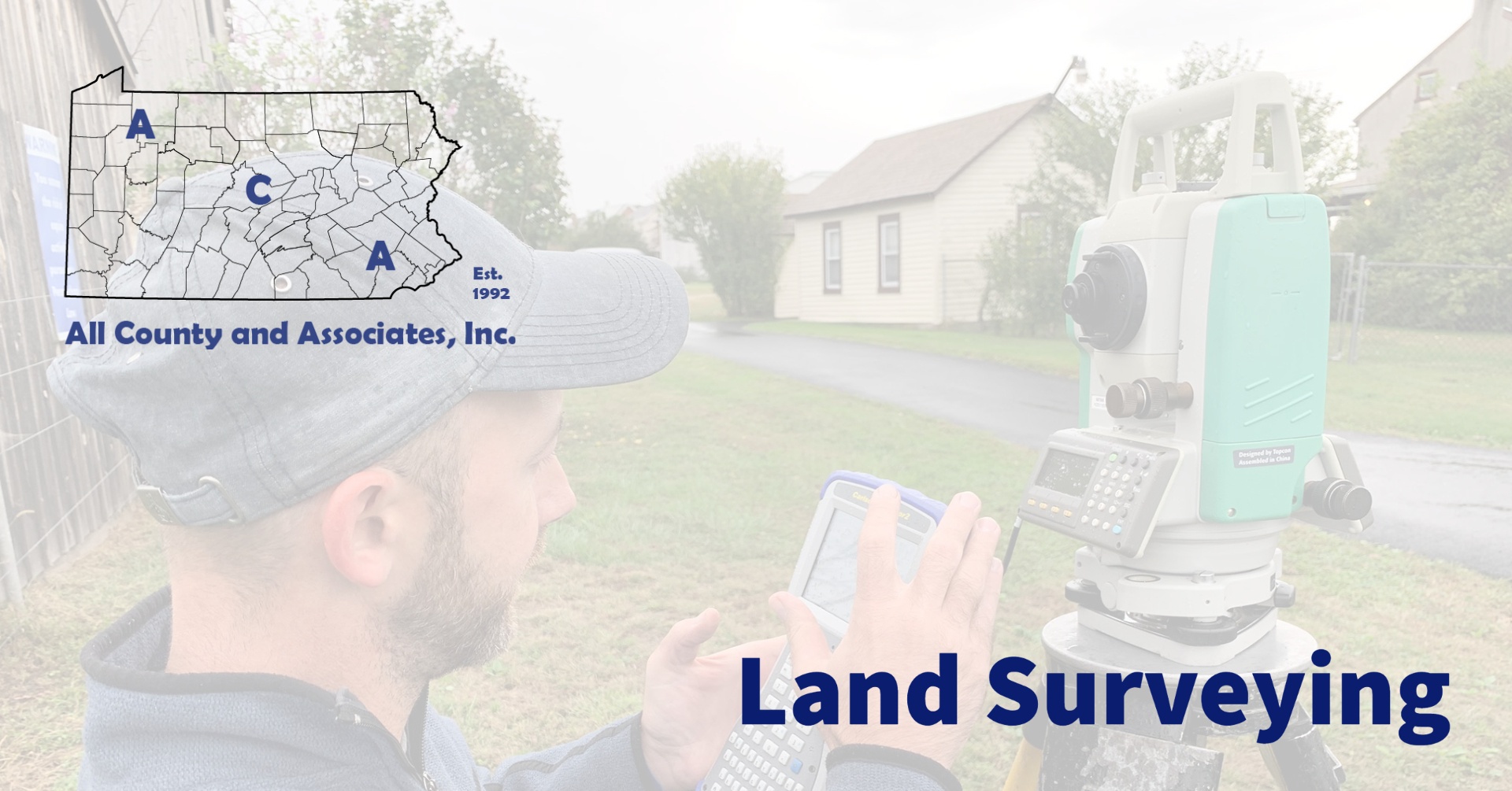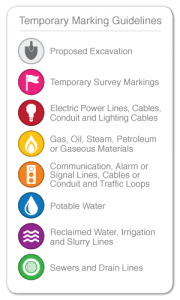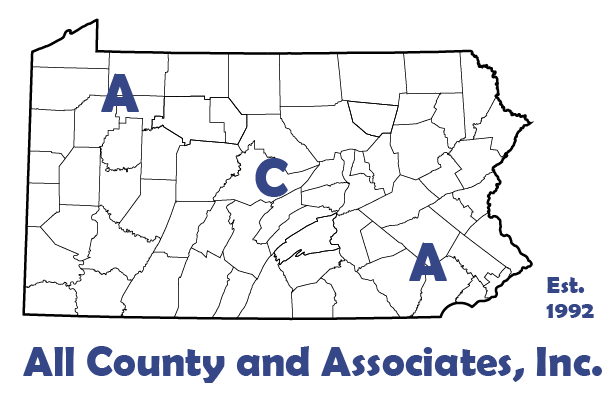
Have you ever wondered what flags and painted lines are along a roadway or onto a property are? These markings form the early steps of proceeding with a safe project. Remember, excavating safely is more than just maintaining equipment.
Background
The markings are part of the One Call process. The goal of the process is excavating safely on every project. A One Call is undertaken by a contractor or designer. Any project requiring excavation, from a fence to trees, patios, etc., requires a notice.
The process is free of charge and handled via an online form or a call to 811. PA Act 287 requires at least three-day notice before construction. Additionally, no more than ten days can occur between the request and the start of any excavation.
To complete a One Call notice, you need to provide some basic information. The first thing to have is contact information, availability, and owner. Next comes information to locate the property. This includes address, nearest intersection, municipality, and anything thing else helpful. The goal is to provide as much information on the location as possible. Then comes the details about the site and proposed work. Always provide details as though you are standing facing the house. Finally, the project time frame.
Understanding the Markings

After filing the notice, the local utility companies will mark the utilities. Then on the day you noted the project is to start, you receive an email. This email indicates which utilities marked their lines. Additionally, it notes the lack of utilities nearby as “clear”.
The markings in the field are color coded and correspond to underground utilities. The first marking will be white paint on the road or property. This marks the area, vicinity or linear direction of the proposed work. The marking allows for the utility company to know where the pending work is and where to mark.
Next comes a combination of flags and paint. The most common marks include: red (electric), yellow (gas), orange (cable/phone/etc.), blue (water), and green (sewer). These marks can also include some arrows and text. These signify the direction the utilities head and what size they are.
One important thing to remember is that utilities are only responsible to mark up to the right-of-way. This means some utilities will not mark the service from there to the building. This is because they do not own that section of the line and you as the property owner are responsible.
How Engineers / Surveyors use One Call
As engineers and surveyors, we rely on the One Call process to prepare plans. Before performing a topographic survey, related to construction, we will notify One Call. The next step is for our survey team to record these markings. Finally, when we prepare our base plan, we include all utilities. This base plan is the basis for a design. With the locations marked, the designer can start laying out the project. They include how to get sewer, water and other utilities to the structure. Additionally, they the propose grading to ensure they provide cover over the utilities.
Who is ACA?
Started in 1992 and located in Chester County, PA ACA has grown to become a full-service civil engineering firm. Today, we merge professional services with practical knowledge for residential and commercial projects. No matter the scale, from installing a fence, to building a structure or developing land, you need permits. Because the approval process includes many permits and agencies, it can be a headache. Working with ACA’s full-service team saves you time, money, and headaches. Every step of the way, we are here to support you and educate you about the process. Here are some of the basic services we provide:
Construction Management | Civil Engineering | Environmental Permitting | Septic System Testing and Design | Land Surveying | Wetland Delineations and Mitigation
Please feel free to browse our website or if working on a project or need help, contact us at (610) 469-3830.


